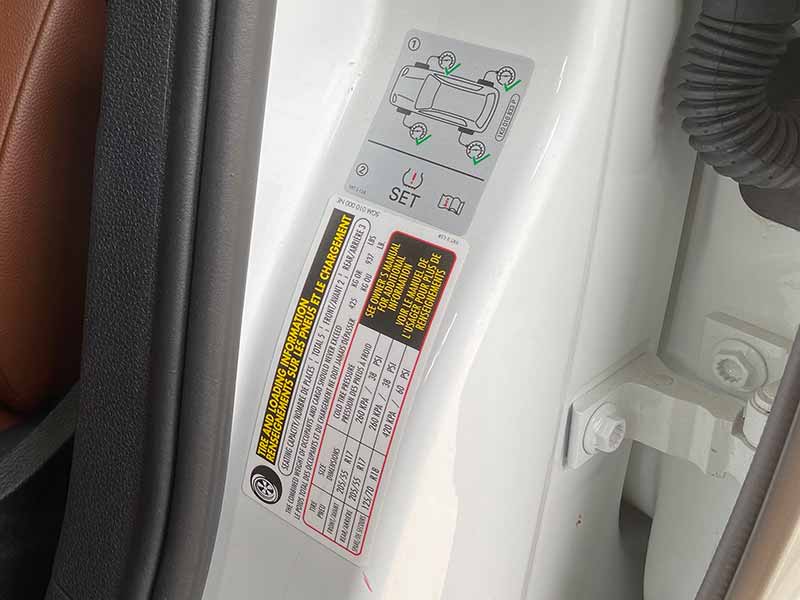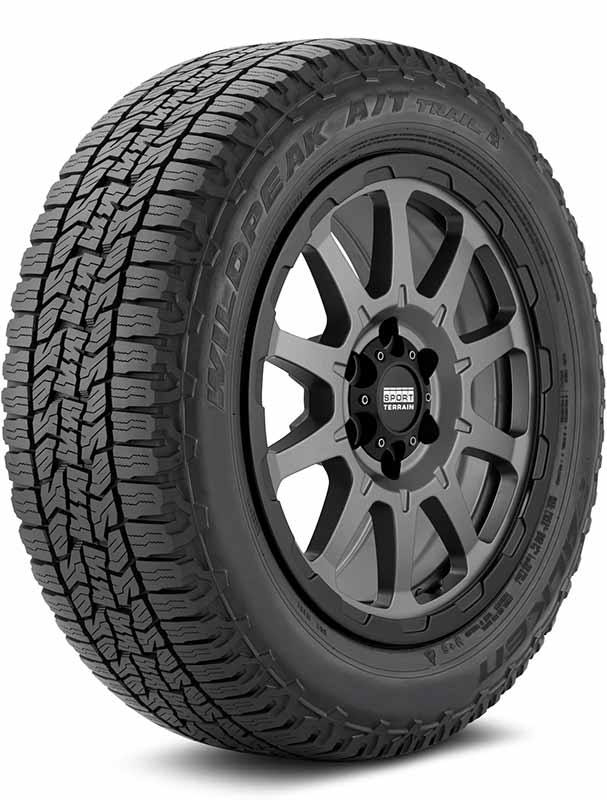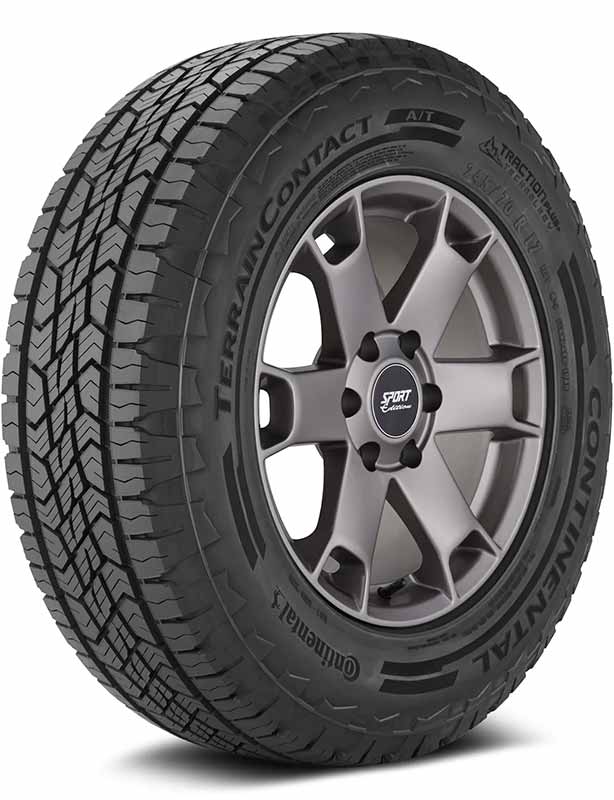Did you know that driving on tires with the wrong speed rating can compromise your vehicle’s performance, safety, and even fuel efficiency? Understanding T Speed Rating and its significance can help you make informed decisions when choosing tires for your car or truck.
T Speed Rating
T Speed Rating is a classification given to tires, indicating that they are designed to safely handle speeds up to 118 mph (190 km/h). It is commonly found on everyday vehicles like sedans, minivans, and compact SUVs.
In this article, we will explore what the T Speed Rating is, how speed ratings are determined, comparisons with other ratings, the importance of matching speed ratings on your vehicle, and tips for maintaining T Speed Rated tires to ensure optimal performance and safety on the road.
Let’s take a closer look.
What is T Speed Rating?
T Speed Rating is a classification given to tires that lets you know how fast you can safely drive on those tires. As an expert on tires for passenger cars and trucks, let’s dive into the specifics of the T Speed Rating so you can better understand how it applies to your vehicle.
Definition and Description
The T Speed Rating is one of several tire speed ratings used to categorize the performance capabilities of a tire. The speed rating system includes ratings from A to Z, with T falling in the middle of the spectrum. T Speed Rated tires are designed to handle speeds safely up to a certain limit, which we’ll discuss in the next section.
Speed Limit for T Speed Rated Tires
T Speed Rated tires have a maximum speed limit of 118 miles per hour (mph) or 190 kilometers per hour (km/h). While this speed limit may seem high, it’s important to remember that most driving situations won’t require you to reach these speeds. Always follow local speed limits and drive safely.
Common Vehicles That Use T Speed Rated Tires
T Speed Rated tires are often found on:
- Family sedans
- Minivans
- Compact and small SUVs
These vehicles are typically designed for comfort and practicality, and T Speed Rated tires are a good match for their everyday use.
In summary, the T Speed Rating is a classification that helps you understand the safe speed range for your tires. This rating is commonly found on everyday vehicles like sedans, minivans, and compact SUVs. It is important to be aware of the speed rating on your vehicle’s tires to ensure safe and reliable performance on the road.

How Speed Ratings are Determined
Understanding how tire speed ratings are determined can help you make informed decisions about the best tires for your vehicle. Let’s take a look at the testing methods, factors affecting performance, and how manufacturers establish these ratings.
Testing Methods Used by Manufacturers
Tire manufacturers conduct various tests to determine the speed capabilities of their tires. These tests involve:
- Mounting the tires on a testing machine
- Gradually increasing the speed while applying a specific load
- Observing the tire’s performance and stability at different speeds
The tests help identify the maximum speed a tire can handle safely without failing. It’s important to note that these tests are performed under controlled conditions and may not exactly replicate real-world driving scenarios.
Factors Affecting Tire Performance and Speed Capabilities
Several factors can influence a tire’s performance and ability to handle specific speeds, such as:
- Tire construction: The materials and design of a tire play a significant role in its performance capabilities.
- Load capacity: The amount of weight a tire can carry also affects its speed rating. A heavily loaded tire may not be able to sustain high speeds as safely as a lightly loaded one.
- Temperature: Extreme temperatures can impact a tire’s performance. High temperatures can cause tires to wear faster, while low temperatures can make the rubber harder and less flexible.
- Road conditions: Wet, icy, or uneven surfaces can reduce a tire’s grip and performance, making high speeds less safe.
Establishing Speed Ratings
Based on the results of the tests and considering the factors that can impact tire performance, manufacturers assign a speed rating to each tire. This rating helps consumers choose the appropriate tires for their vehicles and driving habits.
Remember, always follow local speed limits and drive safely. It’s crucial to take into account road conditions, weather, and other factors that could affect your vehicle’s performance and tire capabilities.

Comparing T Speed Rating with Other Ratings
To better understand the T Speed Rating, let’s compare it to other common tire speed ratings. This comparison will give you an idea of where T Speed Rated tires stand within the spectrum of tire performance and help you make informed decisions for your vehicle.
Overview of Other Speed Ratings
Tire speed ratings range from A to Z, with each letter representing a specific maximum speed. Some common speed ratings include:
- S: Up to 112 mph (180 km/h) – Often found on standard family cars, minivans, and light trucks
- H: Up to 130 mph (210 km/h) – Suitable for sport sedans and coupes
- V: Up to 149 mph (240 km/h) – Designed for high-performance vehicles and sports cars
- W: Up to 168 mph (270 km/h) – Commonly used on high-performance sports cars and luxury vehicles
These are just a few examples of the various speed ratings. Remember, the T Speed Rating has a maximum speed limit of 118 mph (190 km/h).
How T Speed Rating Fits in the Rating Spectrum
The T Speed Rating falls in the middle of the tire speed rating spectrum. It is higher than the S Speed Rating, which is common on standard family cars, but lower than the H, V, and W Speed Ratings found on sportier and high-performance vehicles.
Advantages and Limitations of T Speed Rated Tires
Here are some advantages of T Speed Rated tires:
- Suitable for everyday driving: T Speed Rated tires are designed for typical driving conditions and speeds, making them ideal for daily use.
- Balanced performance: These tires offer a balance between ride comfort, fuel efficiency, and handling capabilities.
However, T Speed Rated tires also have some limitations:
- Not intended for high-performance driving: If you own a sports car or frequently engage in high-speed driving, T Speed Rated tires may not be the best choice for your needs.
- May not provide optimal handling at higher speeds: As the T Speed Rating is in the middle of the spectrum, these tires may not provide the same level of handling and stability at high speeds compared to tires with higher speed ratings.

Importance of Matching Speed Ratings on Your Vehicle
Matching the correct speed rating on your vehicle is essential for maintaining safety, performance, and reliability. Let’s explore the potential dangers of using mismatched speed ratings, how to find your vehicle’s recommended rating, and tips for choosing the right tires.
Dangers of Using Tires with Different Speed Ratings
Using tires with different speed ratings can lead to several issues, such as:
- Uneven handling: Mismatched speed ratings can cause differences in tire performance, leading to poor handling and an increased risk of losing control of your vehicle.
- Premature tire wear: Mixing tires with different speed ratings may cause them to wear unevenly, which can lead to reduced tire life and increased maintenance costs.
- Reduced overall performance: Mismatched tires can compromise your vehicle’s overall performance, affecting fuel efficiency, ride comfort, and safety.
How to Find Your Vehicle’s Recommended Speed Rating
To find the appropriate speed rating for your vehicle, you can:
- Check your vehicle owner’s manual: The manual will typically list the recommended tire size and speed rating for your specific make and model.
- Look at the tire placard: This is usually located on the driver’s side door jamb, inside the glove compartment, or in the fuel door. It will provide information on the recommended tire size and speed rating.
- Examine your current tires: The tire’s sidewall will display a combination of letters and numbers indicating the tire’s size, load capacity, and speed rating.
Recommendations for Selecting the Right Tires for Your Vehicle
When choosing tires for your vehicle, consider the following tips:
- Always follow the manufacturer’s recommendations: Use the recommended tire size and speed rating provided by your vehicle’s manufacturer to ensure optimal safety and performance.
- Don’t mix speed ratings: To avoid uneven handling and performance, always use tires with the same speed rating on all four wheels.
- Consider your driving habits: If you often drive at high speeds or on challenging terrain, you might consider using tires with a higher speed rating than the minimum recommendation.

Maintaining T Speed Rated Tires
Proper maintenance of your T Speed Rated tires is essential for ensuring their longevity, safety, and performance. Let’s look at the importance of proper tire inflation and inspection, regular tire rotation, and how to recognize signs of tire wear.
Proper Tire Inflation and Inspection
Maintaining the correct tire pressure is crucial for your tires’ performance and safety. Here’s why:
- Ensures optimal handling and braking
- Reduces the risk of tire failure, such as blowouts
- Increases fuel efficiency
- Prevents uneven tire wear
To keep your tires properly inflated, follow these steps:
- Check your tire pressure monthly and before long trips.
- Use a reliable tire pressure gauge.
- Inflate your tires to the recommended pressure listed in your vehicle’s owner’s manual or on the tire placard.
- Inspect your tires for any visible damage, such as cuts, cracks, or bulges.
Importance of Regular Tire Rotation
Tire rotation is an essential maintenance practice to help extend the life of your tires. Regular tire rotation:
- Promotes even tire wear
- Helps maintain balanced handling
- Prolongs the life of your tires
To maintain your T Speed Rated tires effectively, rotate them every 5,000 to 7,500 miles or as recommended by your vehicle’s manufacturer.
Recognizing Signs of Tire Wear and When to Replace Tires
It’s essential to know when your tires need to be replaced. Look out for these signs of tire wear:
- Tread depth: Use the penny test to check your tires’ tread depth. Insert a penny into the tread with Lincoln’s head facing down. If you can see the top of Lincoln’s head, it’s time to replace your tires.
- Uneven wear: Inspect your tires for uneven wear patterns, such as excessive wear on one side or in the middle. This could indicate a problem with alignment, inflation, or suspension components.
- Age: Tires generally have a lifespan of 6 to 10 years, depending on usage and storage conditions. Even if the tread depth is adequate, consider replacing your tires if they are approaching or exceeding their age limit.
Resources
Below are some links you may find helpful when learning about tires
Final Thoughts
Understanding the T Speed Rating is important for ensuring your vehicle’s performance, safety, and even fuel efficiency. The key takeaway is to always choose tires with the appropriate speed rating for your car or truck, and follow proper tire maintenance practices to prolong their life and keep you safe on the road.
To leave you with a thought-provoking insight from renowned race car driver Mario Andretti, “Tires are the most important part of the car, because they’re the only thing that touches the ground.” Remember, choosing and maintaining the right tires for your vehicle is not only a matter of performance but also a matter of safety for you and your loved ones.
Good luck and happy motoring.




